Herman is the sweet sourdough starter that can be used to in many different recipes – from cakes to bread to pancakes. Making Herman is a fun and rewarding experience. Try with kids for an even more wondrous experience!
Contents
- The Tradition of Friendship Bread
- Starter Safety
- The Name
- Herman Recipes
- Storage – Into the Fridge or Not
- Daily Care
- Making Herman With Kids – Ideas to Try
- Recipe
- Tips to Prevent Herman Disasters

Herman is a sweet sourdough starter that can be used to make bread, cakes, pancakes, English muffins and a variety of other yum goodies. Making a Herman starter requires only a few ingredients and is a good kitchen science experiment to do with little kids.
The Tradition of Friendship Bread
Bakers have been making and handing down starters for ages. One reason is that a mature starter has more distinct and complex flavors than a fresh starter. Starting out with a mature starter makes it easier to get that coveted sourdough flavor.
A pure wild yeast sourdough starter has just 2 ingredients – water and flour. When combined these two create the perfect breeding ground for wild yeast and certain bacteria. Over time with proper maintenance, this becomes the magic ingredient that makes your ordinary white bread into something exceptional.
Herman, on the other hand, is a sweet sourdough starter. There is active dry yeast, the commercially available yeast, which kick starts the fermentation. There is plenty of sugar, which provides enough food for the yeast, and finally, there is milk. I am guessing that the presence of milk is to provide lactobacilli, but I am no microbiologist.
Starter Safety
The milk the starter will cause some concern to the food safety experts. But when properly maintained the acidity in the mixture will prevent harmful bacteria from taking hold in the mix. You could do a ph check, but I don’t.
I rely on my nose and eyes. A good starter should smell good – tangy to sweet depending on the acidity level. If it smells foul, into the trash it goes. Similarly, the starter should be white or off white, but never orange, red, blue, gree…… All these indicate the presence of mold or other bacteria taking hold. There are instances when you might want to grow these, but Herman is not one of them. Again into the trash, it goes.
The starter in the above picture looks off white – closer to yellow than white. This is because I use raw sugar and unbleached flour, and this is OK . But if it begins to turn orange or orangish red that is a sure sign that something has gone wrong.
Once you spot mold, discoloration or foul smell do not try to salvage the starter. Chances are the mold spores and the bacterium has already spread through the mix. It is time to seek out Herman lovers – or go to the herman project . Those guys might be able to help you.
My First Herman
I was introduced to it by a friend, who was handed down a starter that she could not maintain any longer. The recipe was for ‘Amish Friendship Bread’. It was intriguing as the recipe called for taking care of the starter and distributing it to your friends. Kind of like a culinary chain letter.
At this point I have to confess – I did not do a good job of taking care of Herman. I did not like chain letters either!
The Name – Why Herman, Why Not Harry or William or Krishna
Bakers are odd people – if I may so. We love to nurture things that don’t talk back to us. And once we get attached to something we are it – Yes, my regular sourdough starter has a name too. But this guy is Herman, and yes it is HE.
So anyway someone named their sourdough starter Herman and it struck a chord with the recipients. Maybe the recipe that accompanied Herman was extra special – maybe there was a story that was handed down. Maybe it was just the simple idea of creating your own Herman story.
Note: Scroll down to the comments – one reader has kindly shared the origin behind the name
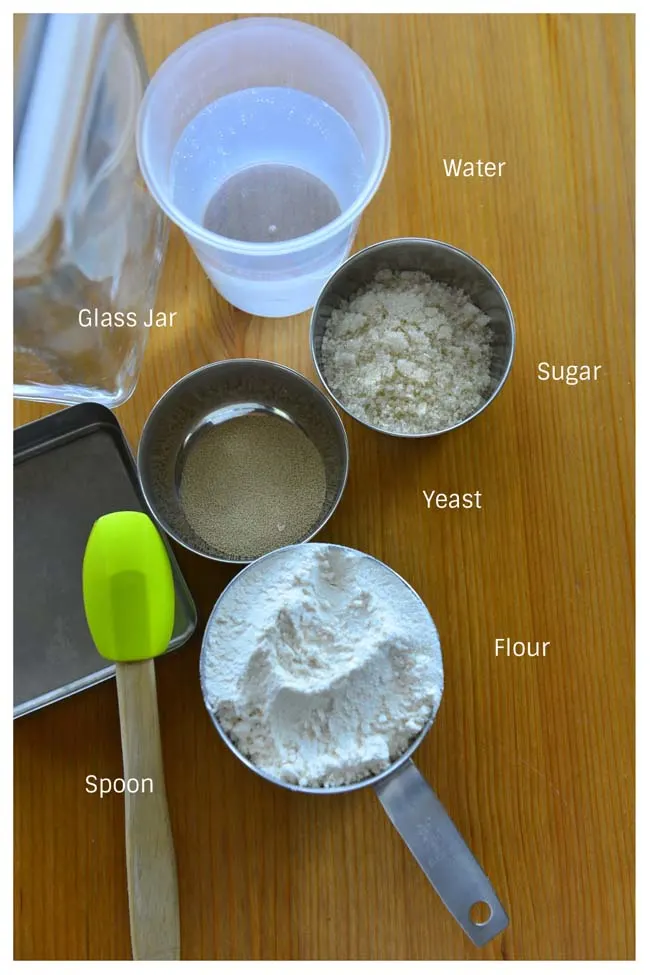
Herman Recipes
There are plenty of Herman recipes. The ingredients and method are pretty much the same. Quite often these recipes come with this warning “DO NOT USE METAL SPOON”! I remember this warning when I got my first starter.
These recipes were handed down generations to generations. A properly cared for Herman can live to be centuries old. Quite possibly when the recipes were first perfected and handed down the metal utensils would have been of the reactive/corrosive variety. These would have interfered with the acidity of the starter and the chemical reactions would have leached aluminum compounds (or whatever were used at that time) into the starter. Hence the warning.
Fortunately most cookware today are not reactive. I make my sourdough dough in the KA steel bowl and many of us who regularly make no-knead bread let the dough slow rise in a metal bowl for days – with no adverse effects. So I guess the key is “USE NON REACTIVE UTENSILS”.
Another thing that the recipes used to say is “Do not refrigerate”. From a food safety standpoint, refrigeration is advisable, but not always needed. Read on …
Storage – Into the Fridge or Not
That depends on where you live or what the weather is like. If it is warm say the mid 70s or more refrigerate Herman an hour or two after feeding. This has given it enough time to get active. If the room temperature is cold say less than 70 it is pretty safe to leave it outside. In any case, once the starter is bubbling vigorously transfer to the fridge to keep it healthy. If you choose to leave it at room temperature, check on it every day just to make sure.
One of the most popular recipes to make with Herman starter is the Amish friendship bread. But here are two other recipes for you to be excited about – Sourdough Pancakes and Herman Cake.
Daily Care
Most recipes ask you to check and stir Herman every day. It will not ruin the starter if you don’t do it every day, especially if it is refrigerated. When not stirred daily there is a chance for the flour portion of the starter to coalesce. Eventually the liquid begins to separate. It is not a big issue as with a bit of elbow grease the solids can be stirred back into the liquids. The regular stirring prevents some of the separations. It is also a fun way to keep the bubbling in check.
Making Herman With Kids – Ideas to Try
This is a great activity for elementary to middle school kids. It is a good way to introduce food safety principles to ph values. Here are a few ideas
- Have litmus paper handy and check the ph value over the course of 10 days.
- Have the kids watch and stir down the starter every day. Mark the height of the starter before stirring.
- Let a portion of Herman stay on the counter for 10 days, while the other gets refrigerated and fed on the 5th day. Observe both starters.
Even without a planned activity making Herman starter can be an interesting project for kids. Bake the Herman Cake as a reward.
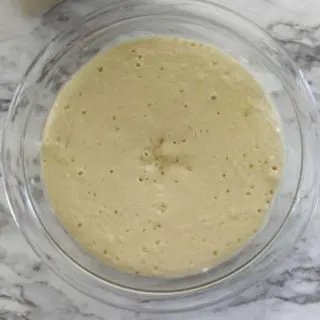
Herman Sourdough Starter
Ingredients
Starter Base
- 1 C Water
- 1 C Flour
- ¼ C Sugar
- 2 ¼ Tsp Active Dry Yeast
Feeding
- 1 C Flour
- 1 C Milk
- ½ C Sugar
Equipment
- Glass or any non reactive container large enough to hold 8 cups of liquid.
- Non reactive spatula/spoon.
Instructions
Making the Starter Base
- Add 1 C water, 1 C Flour, ¼ C Sugar and 2 ¼ Tsp active dry yeast into the non reactive container. Mix well using a wooden or any non reactive spoon. Cover lightly, Do not tighten the lid (Notes) . Set aside loosely covered.
- If you are in a warm climate refrigerate the starter after a few hours,else it can be left on the counter for a day. Take the starter out on the third day. Stir down and return back to fridge. On the fifth day take the starter out, stir down and divide into two equal portions.
Feeding the Starter
- Day1 – Add 1 C milk, 1C Flour, and ½ C sugar to half portion starter. Mix well and set aside. Refrigerate the starter after a few hours or when the starter begins to show lots of bubbles(see blog for more). Check on every (other) day to see the activity stir down if it has risen too much and on the fifth day it is ready to use.
- Day 2 – Check on the starter and stir with a wooden spoon or do nothing.
- Day 3 – Check on the starter and stir with a wooden spoon or do nothing.
- Day 4 – Check on the starter and stir with a wooden spoon or do nothing.
- Day 5 – Check on the starter and stir with a wooden spoon. Divide and repeat the feeding process if you want to maintain the starter, or use in a recipe.
Notes
- During the fermentation process excess gases (CO2) is created. A tight lid will cause the gases to build up and might lead to unwanted spill and explosive conditions later.
- If you give away the starter include the feeding directions.
- The refrigerated starter can be safely left unattended for 5 to 6 days.
- The strength of yeast activity reduces as it stays longer.
Important: Nutrition Values are estimates. Actuals vary based on ingredients and serving size.
Tips to Prevent Herman Disasters
Those who grew up with cultured foods would find safety concerns a bit absurd, but starters can pose a health hazard when not taken care of properly. Fortunately, most health concerns, though not taste concerns, are alleviated by cooking foods to the proper internal temperatures. Here are a few things to keep you healthy and the starter thriving.
- Use high-quality organic ingredients when making a starter
- Observe food safety rules – clean utensils, no cross contamination
- A good starter will tangy in a good way – not overpowering.
- If you spot mold, reddish/orangish liquid or coloring throw it out and start over.
- The above rule is the reason to be extremely careful when using fruit juices in the starter.
- After a few hours on the counter at room temperature keep the starter in the fridge.


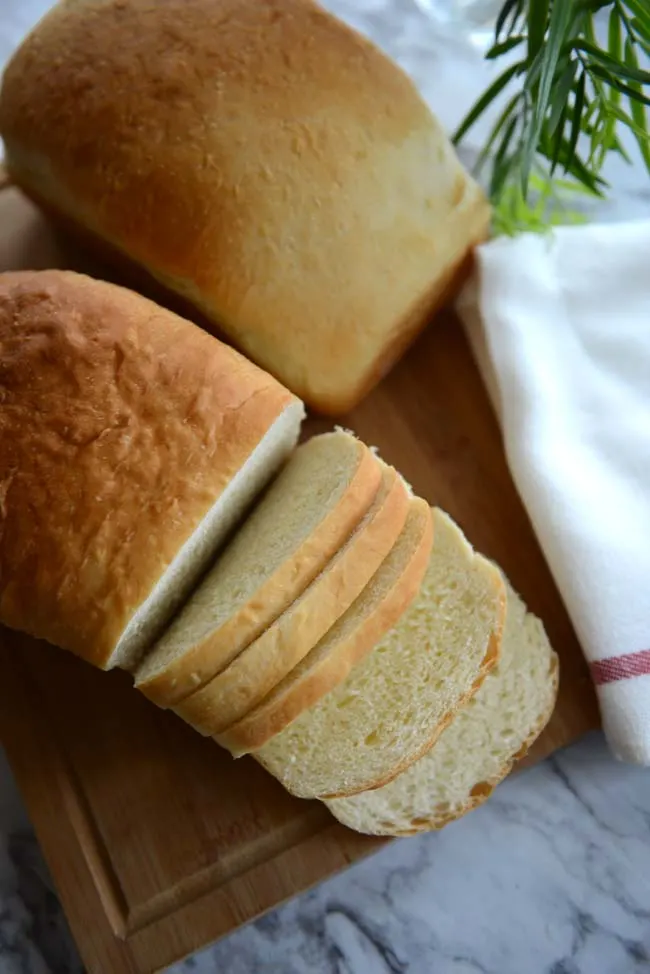
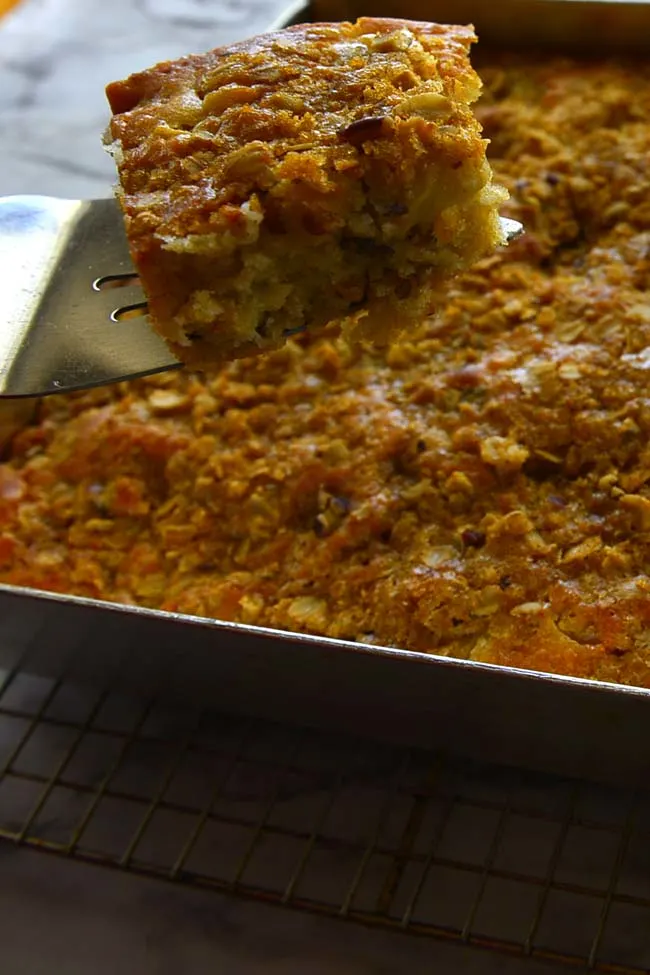
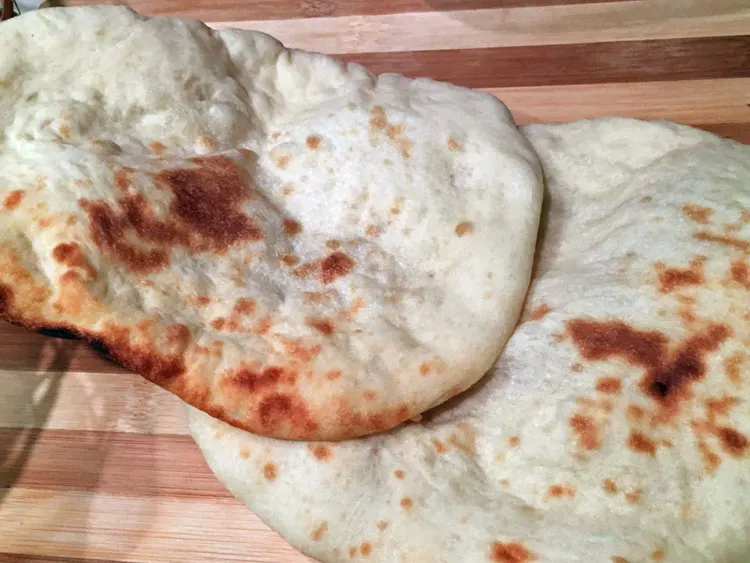
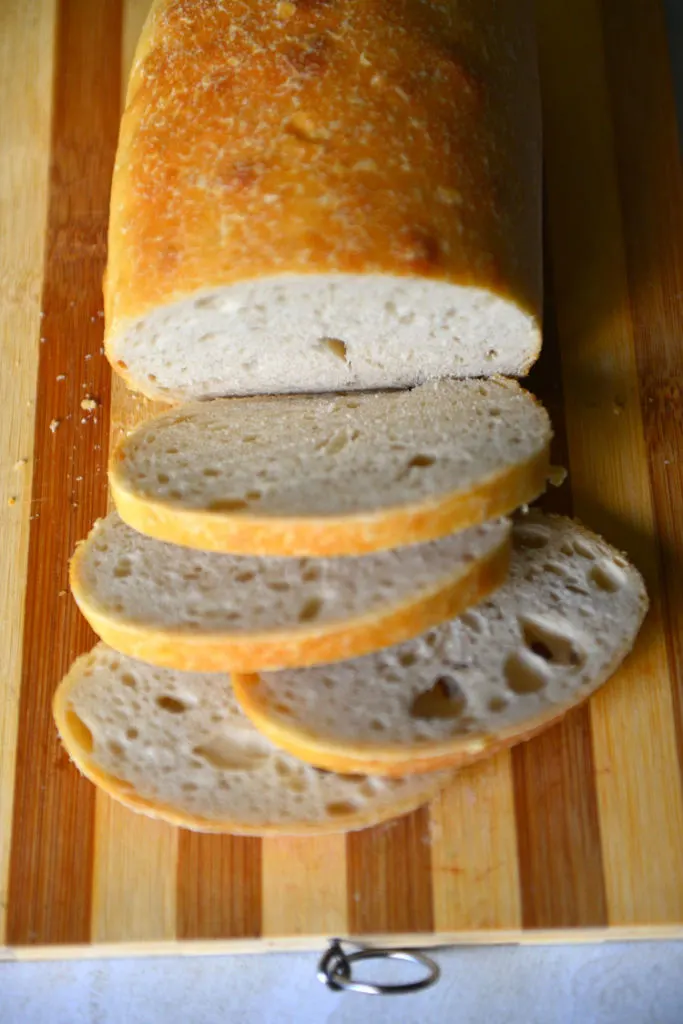
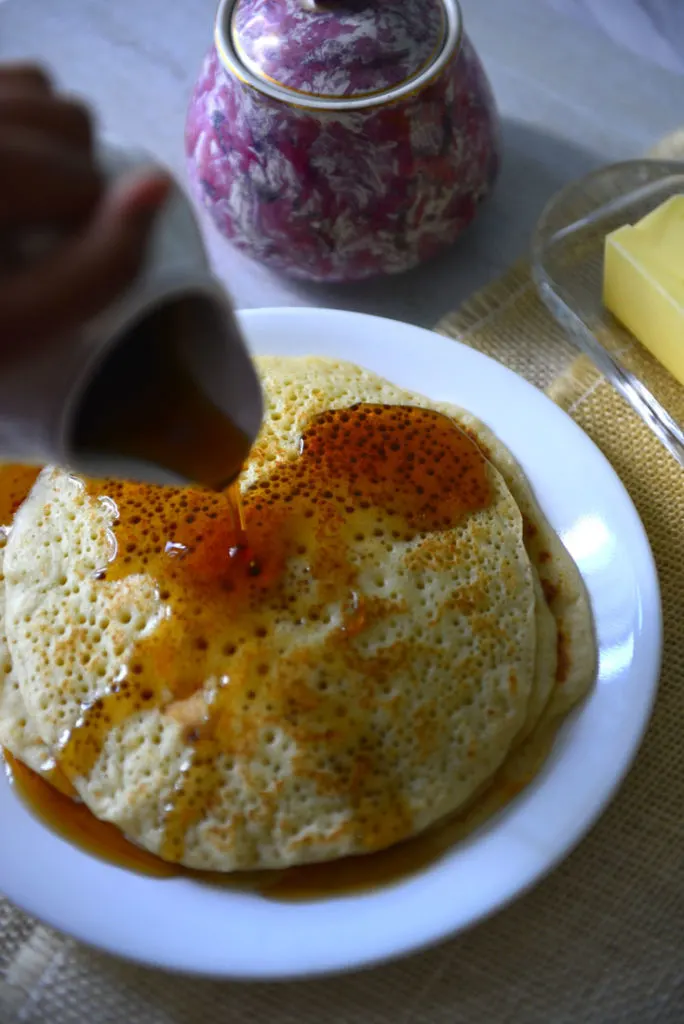
Victoria
Thursday 14th of September 2023
So excited that I actually found “Herman”. Herman was a stable in our household for years when I stayed home with the kids & have fond memories of all the great baking I did with the kids & for the family. I actually started another sourdough without the sugar & have been using it for several months now. Very happy with it so will keep it, but adding Herman to my stash for cookies, desserts, etc.
Laura Beckley
Saturday 29th of July 2023
I am a Herman enthusiast also! My mom kept Herman in the refrigerator on the 70s and made pancakes and biscuits. Herman "died" when she forgot about him in the back of the frig and he ran over. She then cleaned up the mess and threw poor Herman away. Later on, I found a recipe for the starter in the newspaper. I made it and had it in the frig for a while but then tired of having it. I have now had Herman in my frig for about 2 years since my oldest grandson asked me to create another starter. I keep him in an old 1 gallon crock with a pie tin on top. I have a few observations that might be helpful, but I hope not confusing. I have found that Herman has worked well in recipes such as pancakes, biscuits and other quick breads that call for sourdough discard. I simply did a search for recipies and didn't give too much thought as to the type of sourdough called for. It's worked out so far! I don't think I would try interchanging Herman for regular sourdough in a yeast bread recipe though. Too much work to go down the drain if it fails. Also, my Herman lives exclusively in the refrigerator and I never discard. When I use it I feed it. If I don't use it in a week or 2, I feed it. Just means I have more to work with in the upcoming weeks. I never have too much, but then I have 4 grandsons who love sourdough baked goods.
Kathleen
Monday 29th of May 2023
I recently made Herman starter for the sweet fruit friendship cake, which I also made many years ago. I bake the cakes earlier today and was not as happy with them as I remember. Not sure what was difference but, I remember the cake of the past to be lighter in color and much more moist. Has the recipe changed
Syama
Friday 1st of September 2023
Friendship bread has been around for some time. Might have been a different recipe :-)
Martha
Friday 4th of November 2022
Does Herman HAVE to go in the fridge daily? Can he live on the counter?
Syama
Tuesday 29th of November 2022
@martha It depends on the room temperature. Refrigeration prevents over fermentation and avoid contamination
Jan
Sunday 31st of July 2022
Love this cake but have a dairy intolerant granddaughter. Will it still work if I use a plant based milk (oat, almond, soy) when feeding? Thanks.
Syama
Thursday 20th of October 2022
Yes, plant milk should work